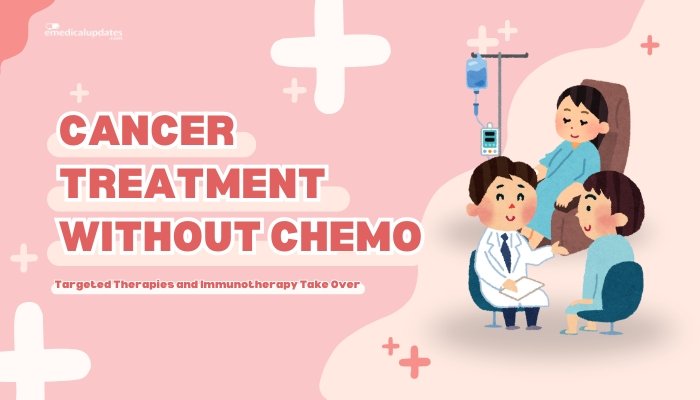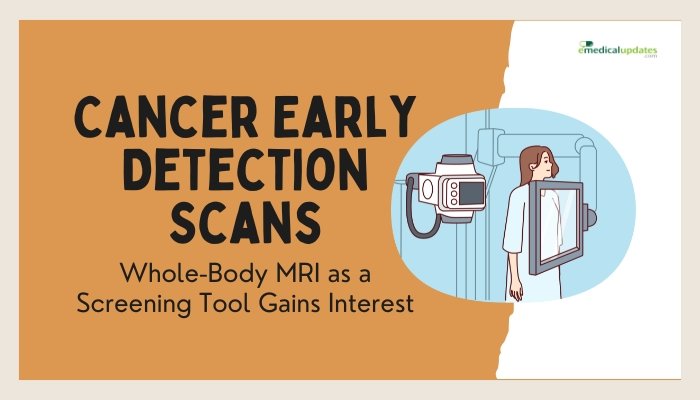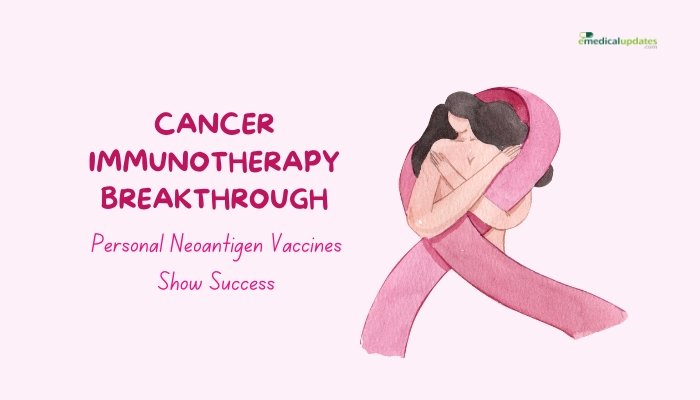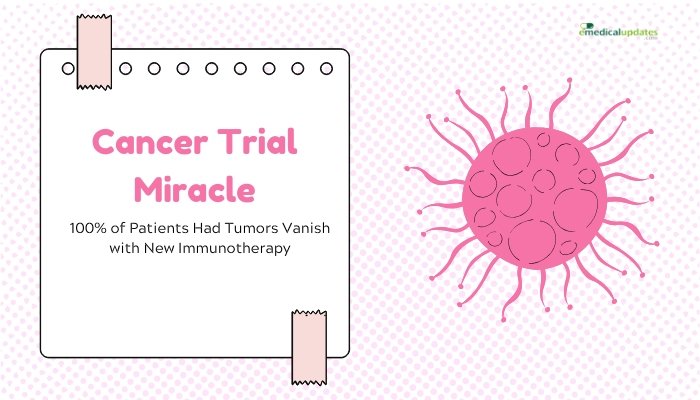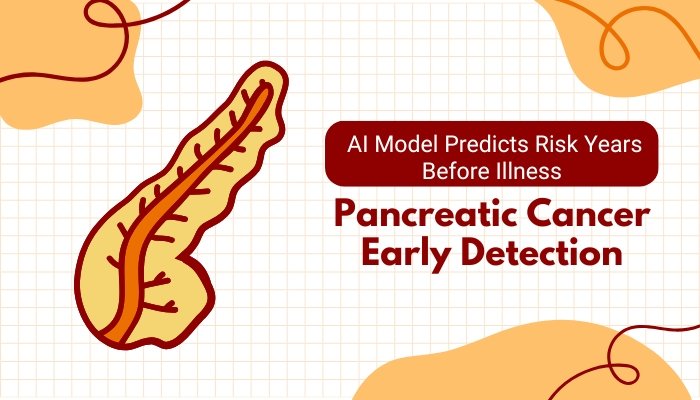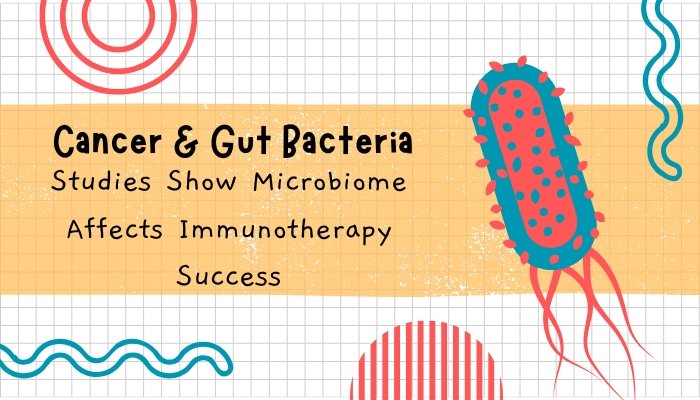Introduction
Chemotherapy—high-dose drugs that attack rapidly dividing cells—has long been a cornerstone of cancer treatment. Yet, it often brings significant side effects like hair loss, nausea, and compromised immune function.
In recent years, targeted therapies and immunotherapies have emerged as less toxic, more precise alternatives, often allowing patients to maintain better quality of life while effectively battling cancer. Below, we explore the science behind these new approaches, where they fit in current treatment protocols, and how they may expand in the coming years.
Limitations of Traditional Chemotherapy
Broad Mechanism of Action
Chemotherapy attacks rapidly dividing cells, but it doesn’t differentiate between tumor and healthy cells (like those in hair follicles or the GI tract). This leads to:
- Side Effects: Hair loss, fatigue, GI issues, risk of infection.
- Variable Efficacy: Some cancers remain partially or fully resistant.
Patient Burden
Multiple cycles with intravenous infusions can extend over months, impacting daily life and finances. Many patients tolerate chemo poorly or must halt early due to toxicity.
Targeted Therapies: Precision at the Molecular Level
What Are Targeted Therapies?
These drugs home in on specific molecules essential for cancer cell growth or survival. By inhibiting those molecules, they kill or disable cancer cells while sparing most healthy tissue. Examples:
- Tyrosine Kinase Inhibitors (TKIs): E.g., imatinib for CML or EGFR inhibitors for certain lung cancers.
- Hormone Receptor Blockers: E.g., tamoxifen for estrogen receptor–positive breast cancer.
Advantages
- Reduced Collateral Damage: Fewer side effects than broad chemo.
- Customized Treatment: Matching therapy to patient’s tumor biomarkers.
- Oral Formulations: Some come in pill form, avoiding repeated infusions.
Challenges
Tumors can develop resistance, bypassing the blocked pathway or activating alternative growth signals. Ongoing research focuses on combination therapies or next-gen inhibitors to outsmart resistance.
Immunotherapy: Harnessing the Body’s Defenses
Immune System and Cancer
Immunotherapy aims to help the immune system recognize and attack cancer cells, which often cloak themselves from detection. Approaches include:
- Checkpoint Inhibitors: Drugs like PD-1, PD-L1, or CTLA-4 blockers that “unleash” T-cells on tumors.
- CAR T-Cell Therapy: Engineering a patient’s T-cells to target specific cancer antigens.
- Cancer Vaccines: Stimulating the immune system to mount a robust, long-term response.
Dramatic Efficacy in Some Cancers
Immunotherapy has revolutionized care for melanoma, lung cancer, and kidney cancer, among others. In some cases, it produces lasting remission, though not all patients respond equally. Ongoing research explores ways to expand its success and identify predictive biomarkers.
Combining Targeted and Immune Approaches
Synergistic Effects
Many protocols combine a targeted drug (e.g., a BRAF inhibitor in melanoma) with immunotherapy (e.g., PD-1 inhibitor). This synergy aims to simultaneously reduce tumor burden and intensify immune recognition, often boosting overall response rates.
Balancing Toxicities
While synergy can enhance efficacy, side effects also stack up. Physicians must carefully monitor for immune-related adverse events or overlapping toxicities. Real-world data guides whether the added benefit outweighs potential harm.
Clinical Trials and Approvals
Ongoing Trials
Researchers conduct extensive Phase II/III trials to confirm whether new combos or next-generation targeted molecules genuinely outperform chemo. Many studies also test using immunotherapy or targeted agents at earlier stages, possibly replacing chemo in the adjuvant or neoadjuvant setting.
Regulatory Landscape
Agencies like the FDA and EMA have approved many of these therapies for specific biomarker-defined cancers. Continuous updates expand indications as real-world evidence accumulates.
Patient Considerations
Biomarker Testing
To qualify for targeted treatments, patients often need tumor genotyping or expression assays (e.g., EGFR, ALK, PD-L1). Without these, targeted drugs may not be effective.
Side Effects
- Targeted Therapy: May cause mild side effects (skin rash, diarrhea, fatigue), but typically less severe than chemo.
- Immunotherapy: Can trigger immune-related issues—like colitis, hepatitis, or thyroid dysfunction—requiring prompt management.
Insurance and Cost
Novel therapies can be pricey. Insurance coverage can vary widely. Assistance programs or manufacturer discounts might help bridging cost for eligible patients.
Frequently Asked Questions
- Is chemo completely obsolete now?
- No. While targeted and immune therapies are powerful, chemo still has a role in certain cancers or in combination regimens. The approach depends on tumor type and genetics.
- Are these new therapies less toxic for everyone?
- Generally they’re better tolerated, but side effects can still be significant. Some patients experience serious immune-related or organ-specific toxicities.
- Do I need genetic testing to get a targeted drug?
- Often yes. Targeted therapies are matched to specific molecular alterations in the tumor. This helps ensure the best chance of success.
- Can immunotherapy cure cancer?
- Immunotherapy can lead to long-term remission in some advanced cancers. However, not everyone responds, and more research is needed to broaden success rates.
- What about tumors that don’t have known targets or are “cold” to immunotherapy?
- Combination therapies and new agent research aim to expand options for tumors lacking established targets or immune infiltration.
Conclusion
Though chemotherapy revolutionized cancer treatment in the 20th century, the 21st century sees a paradigm shift: targeted therapies and immunotherapies are increasingly supplanting or supplementing chemo for certain tumors. By pinpointing cancer-specific mutations or harnessing the immune system, these modern approaches promise more precise, tolerable, and—often—more effective results. As more biomarker-driven drugs and immune agents enter the clinical arsenal, physicians can craft highly personalized regimens that minimize collateral damage and maximize tumor control. While chemo remains indispensable for many settings, the momentum behind these non-chemo options signals a powerful new era in cancer care—one where each patient’s unique tumor biology shapes a custom-built therapy plan.
References
-
Ferlay J, et al. (2020). “Global cancer statistics and the role of targeted therapy.” CA Cancer J Clin.
-
Ribas A, Wolchok JD. (2018). “Cancer immunotherapy using checkpoint blockade.” Science.
-
Mok TS, et al. (2021). “Emerging targeted therapies in lung cancer.” Nat Rev Clin Oncol.
-
FDA. (2023). “Updated approvals for immunotherapy and targeted agents in oncology.”

